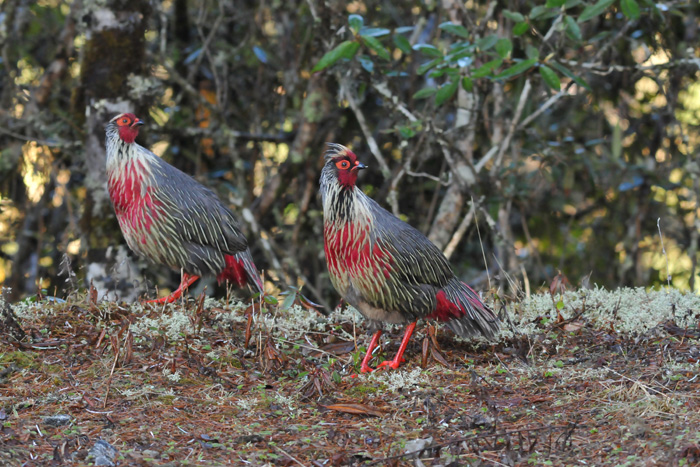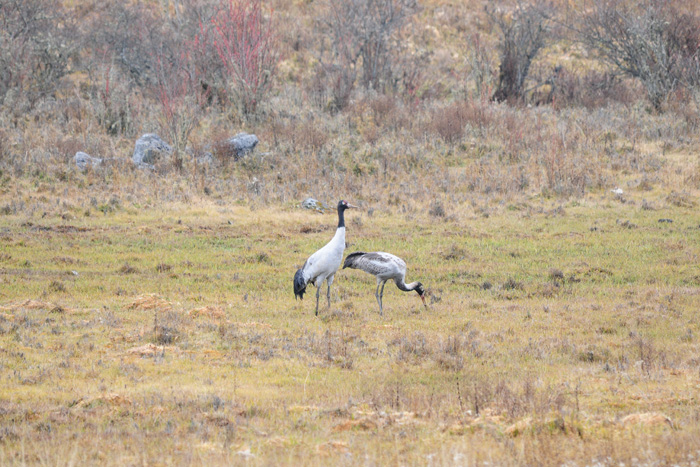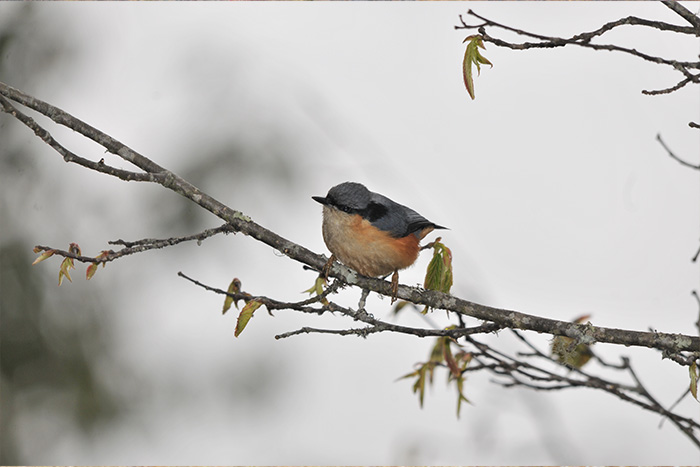Eco Tourism
There is a global push for sustainable tourism that does not disrupt the natural environment and local communities. Bhutan currently maintains a 70% forest cover and has been blessed with abundant biodiversity and pristine nature. The country is further protected by a vast network of protected areas. To maintain this status quo, this Himalayan nation is looking to become a premier ecotourism destination.
The Royal Government of Bhutan defines ecotourism as “responsible travel to natural areas and habitats, which conserves the environment, respects the culture and traditions of its people, and improves the overall well-being of its citizens within the overall concept of Gross National Happiness.” To implement this, the national tourism policy is that of ‘high-value low-volume’.
The Department of Tourism's GEF Ecotourism Project covers two protected areas of Bumdeling Wildlife Sanctuary and Sakteng Wildlife Sanctuary, and five districts of Lhuentse, Mongar, Trashigang, Trashi Yangtse and Zhemgang. The project aims to boost the rural economy by promoting wildlife-based tourism, creating employment opportunities and increasing community resilience and connection to nature.
Other ecotourism projects being developed include homestays, birdwatching sites, nature-based activities and community festivals. Visit Bhutan to experience sustainable tourism that conserves the environment for its wildlife inhabitants, community members and future generations.
The GEF Eco Tourism project’s flagship species for ecotourism are red pandas, black-necked cranes, Ludlow’s Bhutan Glory butterflies, golden langurs, golden mahseers, and other exotic birds of Bhutan.
Ludlow’s Bhutan Glory
The Bumdeling Wildlife Sanctuary in Trashiyangtse is home to this endangered species of butterfly. It is the national butterfly of Bhutan and is commonly seen in the months of August and September. This eastern district is also known to be a haven for birds like Ward's Trogon, Babblers and Pheasants.
Swallowtails of Bhutan
Swallowtail butterflies are large and striking butterflies identified by their forked tails. In Bhutan you can find 42 of 550 species of these majestic butterflies. They are commonly seen in Trashiyangtse in Autumn.
Black-necked Cranes
Black-necked Cranes are a globally threatened species. To locals, their arrival signifies good luck and good harvest. Their presence also indicates healthy agricultural land and surrounding ecosystems. They can be spotted in Phobjikha Valley in Western Bhutan, Bumthang in Central Bhutan and in Bumdeling in Eastern Bhutan. They migrate to these winter roosting sites in the months of September and October and fly back to Tibet between February and March.
Red Panda
Bhutanese believe that seeing a red panda in the wild will bring good luck on your travels. Found in temperate Himalayan forests, these globally threatened mammals have been seen in 17 districts of Bhutan including 7 protected areas and all 8 biological corridors.
Golden Langur
One of the world's most threatened primates, experts estimate that there are about 6000 golden langurs in Bhutan. Half of the current population is protected within the Jigme Singye Wangchuck National Park, Royal Manas National Park and Phibsoo Wildlife Sanctuary. On your way to Zhemgang, you can occasionally see these monkeys frolicking by the side of the road.
Birdwatching in Bhutan
Bhutan is a paradise for bird lovers and birdwatchers. More than 700 species of birds have been recorded. The country also harbors more than 16 species of vulnerable birds. Bhutan is also home to many species of birds that are in danger of extinction, including the Imperial Heron, one of the fifty rarest birds in the world and the rare Black-Necked Crane.





